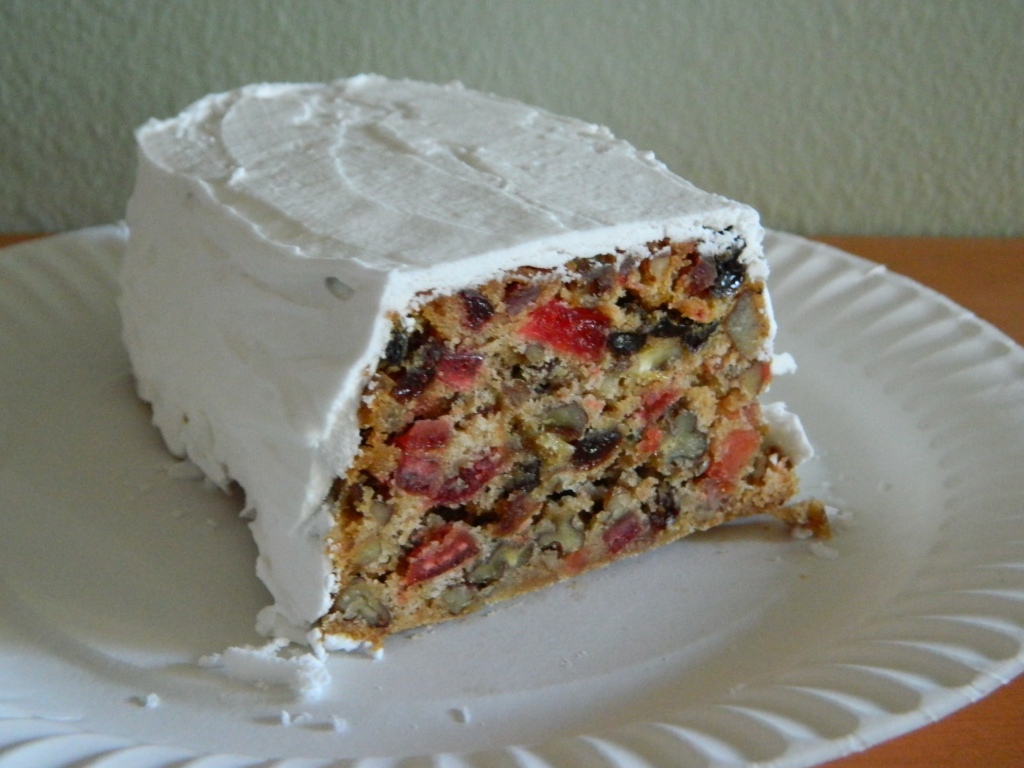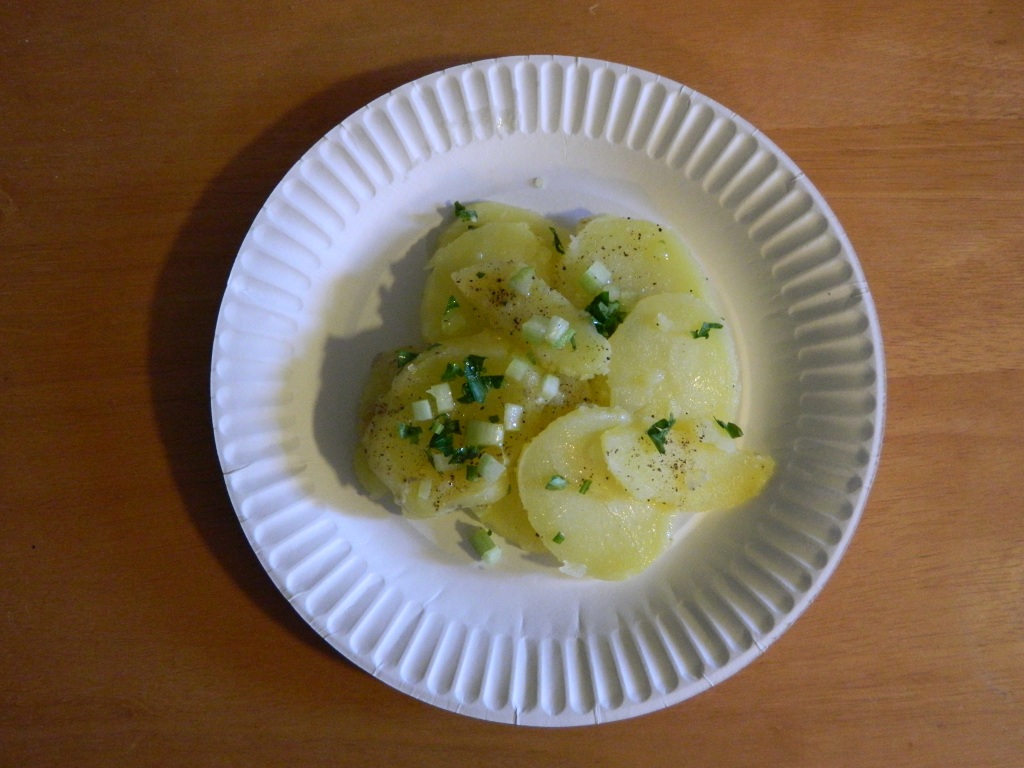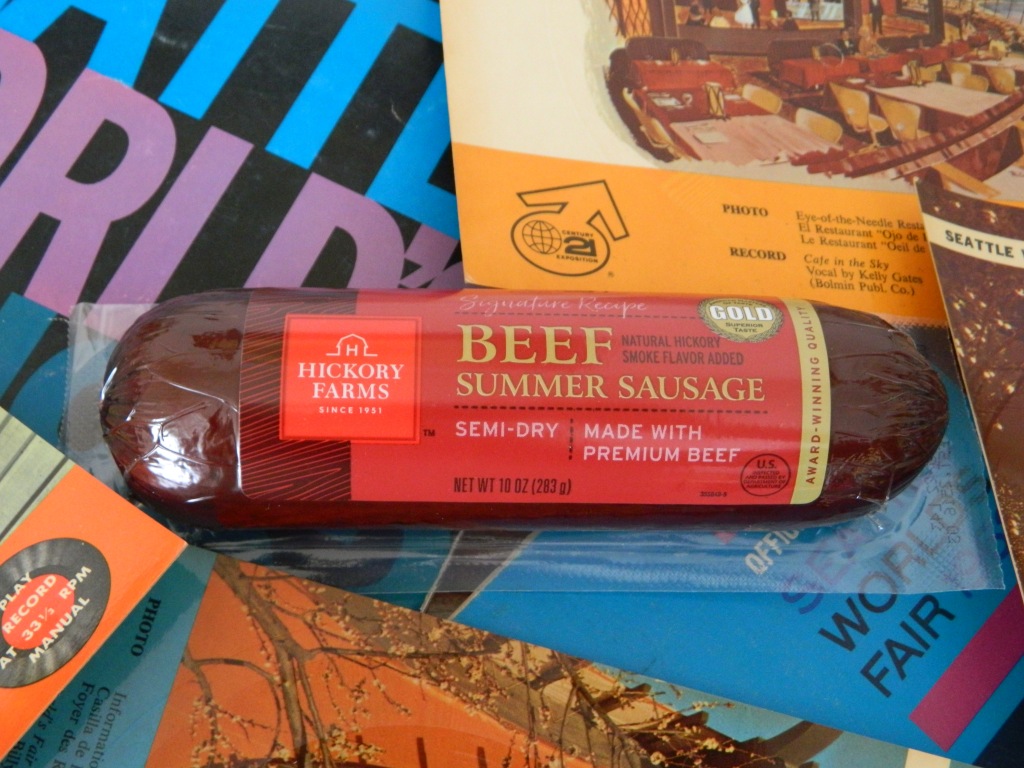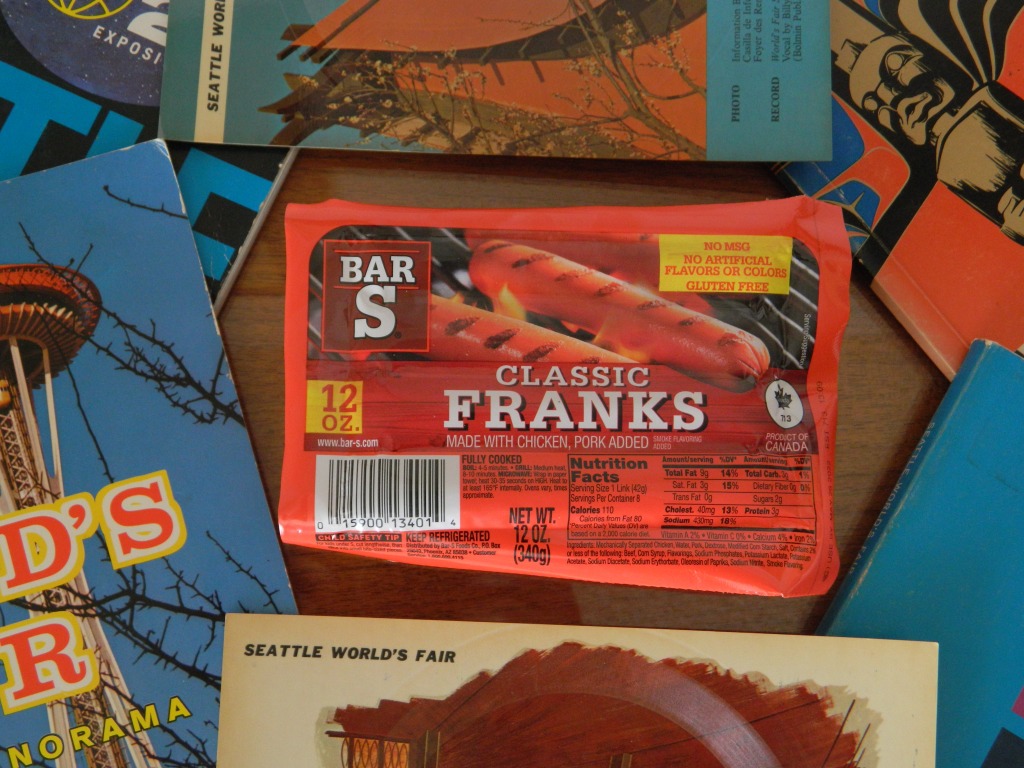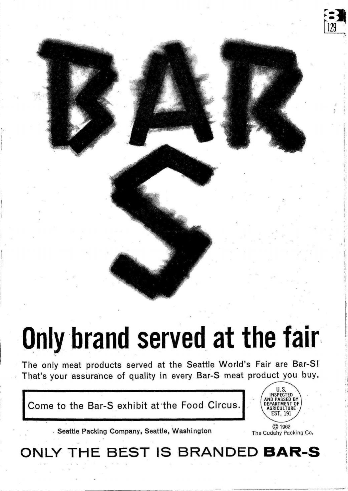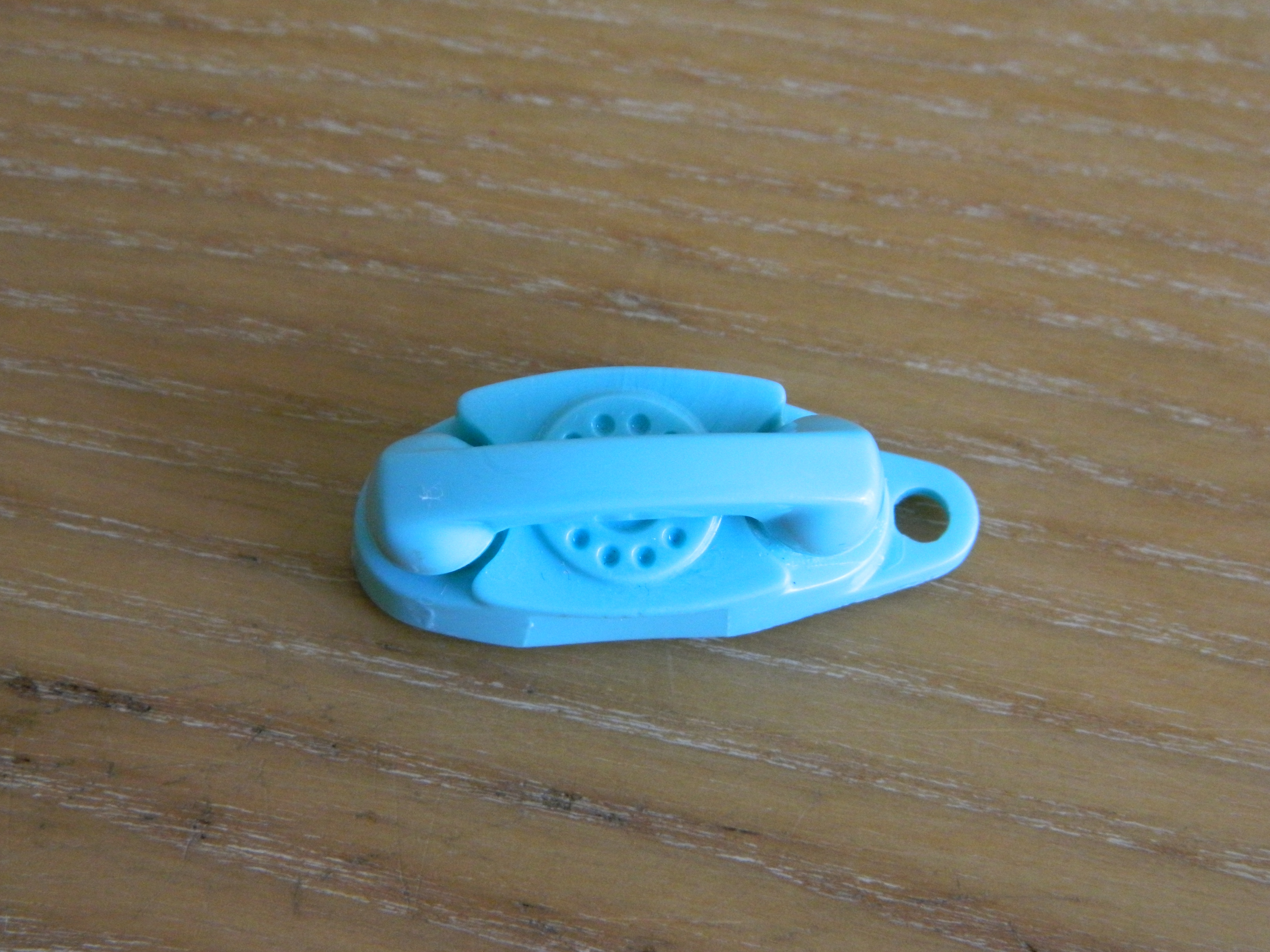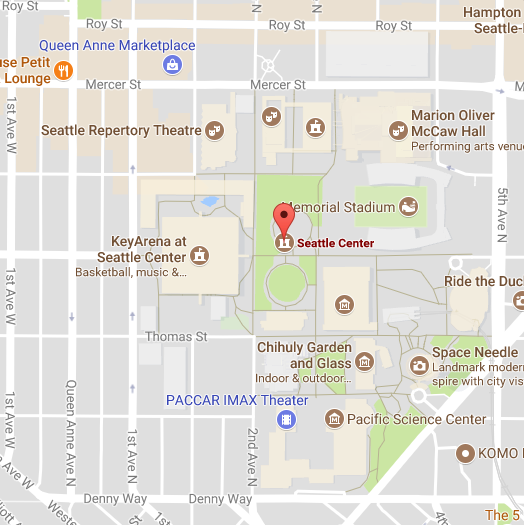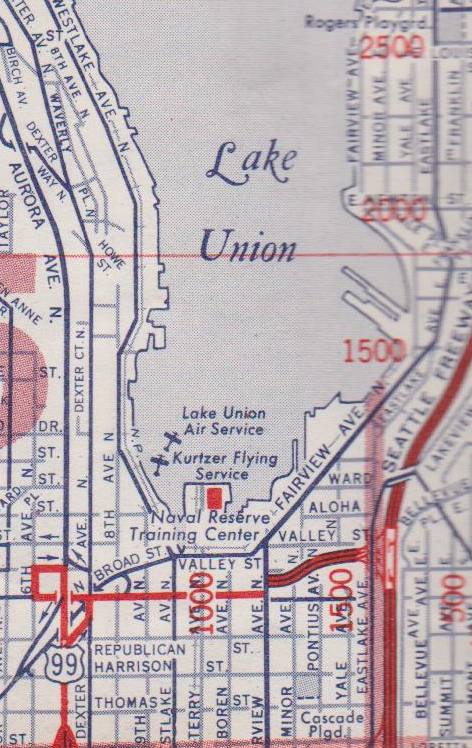Well, folks, we made it! 60 years ago today (October 21, 1962) was the last day of the Seattle World’s Fair. Today will be the last post in the Food Fair series, but there is no way it can end without acknowledging what was undoubtedly the largest food at the fair:
In the Food Circus, near the Darigold booth, across from Fisher Scones, and kitty-corner from Triple XXX Root Beer, stood a 23-foot-tall fruitcake. According to the postcard above, it was the world’s largest birthday cake, celebrating the 128th birthday of Paul Bunyan.
The cake was covered in icing and decorated with truly American symbols. Tier one featured the Seattle skyline. The seals of all 50 states adorned the second tier (the first time all 50 seals were displayed together, according to an advertising pamphlet). Tier three depicted scenes from Bunyan’s adventures, and tier four displayed symbols representing religion, government, trades, industry, agriculture, and progress. On the very top stood Mount Rainier (done in sugar, of course) and the birthday boy himself. 128 specially-made candles (each three feet high) were strategically placed on tier one.
Although Bunyan had been a folk legend in the US and Canada for decades, the first written stories did not appear until the early 1900s. I’m not sure how his age was determined, but this cake was clearly more of an advertising vehicle than an actual birthday cake.
While the cake was sponsored by Clark’s Restaurants, you can bet there were other companies involved. This postcard mentions Van de Kamp Bakery and C&H Sugar, but at least eight others, including Carnation Milk and Fisher Flour, were implicated in an advertising pamphlet you can view in full here.
Souvenir pieces of the cake could be purchased both at the fair and Clark’s restaurants. They could be mailed anywhere in the world and ranged in price from $0.15 to $2.00. For a while, I doubted that these souvenirs were pieces of the actual cake, but after reading the advertising pamphlet, it seems that they could have been. Supposedly, the wives of 60 Seattle Jaycee Club members packaged around 300,000 portions of the cake.
An amateur slide online showed a staircase leading up to the rear of the cake and what appeared to be a door, so I suppose the core of the cake could have been turned into souvenirs!
While fruitcake does seem to be rather polarizing now (any other Sims players here?), it was much more popular in the past, including during the midcentury decades. I suspect fruitcake was selected for this marvel due to its durability and long shelf life. I have read stories of people who still have their souvenir fruitcake, unopened, today!
While the postcard and the pamphlet both tempt you to scale down the recipe with their massive ingredients lists, it is in no way a comprehensive list. I was able to locate a photo of a souvenir box, and the ingredients were as follows: raisins, glace fruit mix, flour, fresh eggs, cane sugar, pecans, shortening, whole milk powder, salt, lemon flavoring, mace, rum oil. Sodium propionate added to retard spoilage.
So, what did I do for the recipe? Originally, I planned to scale down the listed ingredient quantities and find a recipe that was similar, but that proved to be next to impossible. Since I do not possess the baking prowess of Ann Reardon, I selected a recipe that was similar and made a few tweaks:
Old-Fashioned Light Fruitcake
Adapted from a Food.com recipe submitted by Chef Mariajane
1/2 cup butter
1 1/8 cups sugar
3 eggs
1 tablespoon lemon extract
1/2 tablespoon rum extract
2 cups all-purpose flour
1/4 teaspoon baking powder
3/4 teaspoon salt
3/4 teaspoon cinnamon
1/2 teaspoon nutmeg
3 cups chopped pecans
2 cups mixed candied fruit and peel
7.5 ounces raisins
1. Cream butter and sugar until light and fluffy. Add eggs, one at a time, beating well after additions; stir in brandy flavoring. Combine dry ingredients, pecans, candied fruit, and raisins; mix well. Add fruit to creamed mixture, blending well.
2. Spoon batter into a well-greased loaf pan. Bake at 275F for 2 1/2 – 3 hours. Remove from oven when cake tests done; when completely cool, wrap cake tightly, or store in an airtight container.
I had never had fruitcake before and didn’t know what I’d think of it, so I cut the original recipe in half. I also used both lemon and rum extracts, and regular raisins rather than golden. All of these adjustments are reflected in the recipe above.
In the spirit of souvenir fruitcakes, I made four small loaves rather than one big one. I also covered the tops (or in the case of one, everything but the bottom) in royal icing.
The finished product was delicious! While I’m not sure how much it tasted like the original, I would definitely make it again. The icing is definitely not required, but I think it added a nice touch.
Thank you for venturing along with me through the last six months of World’s Fair food! I hope you enjoyed reading this series as much as I enjoyed putting it together. It will be back to the usual content here, and I fully intend to post again before 2024…
Until then, enjoy this picture of the Paul Bunyan birthday cake in the Food Circus before the rest of the booths were fully installed.

